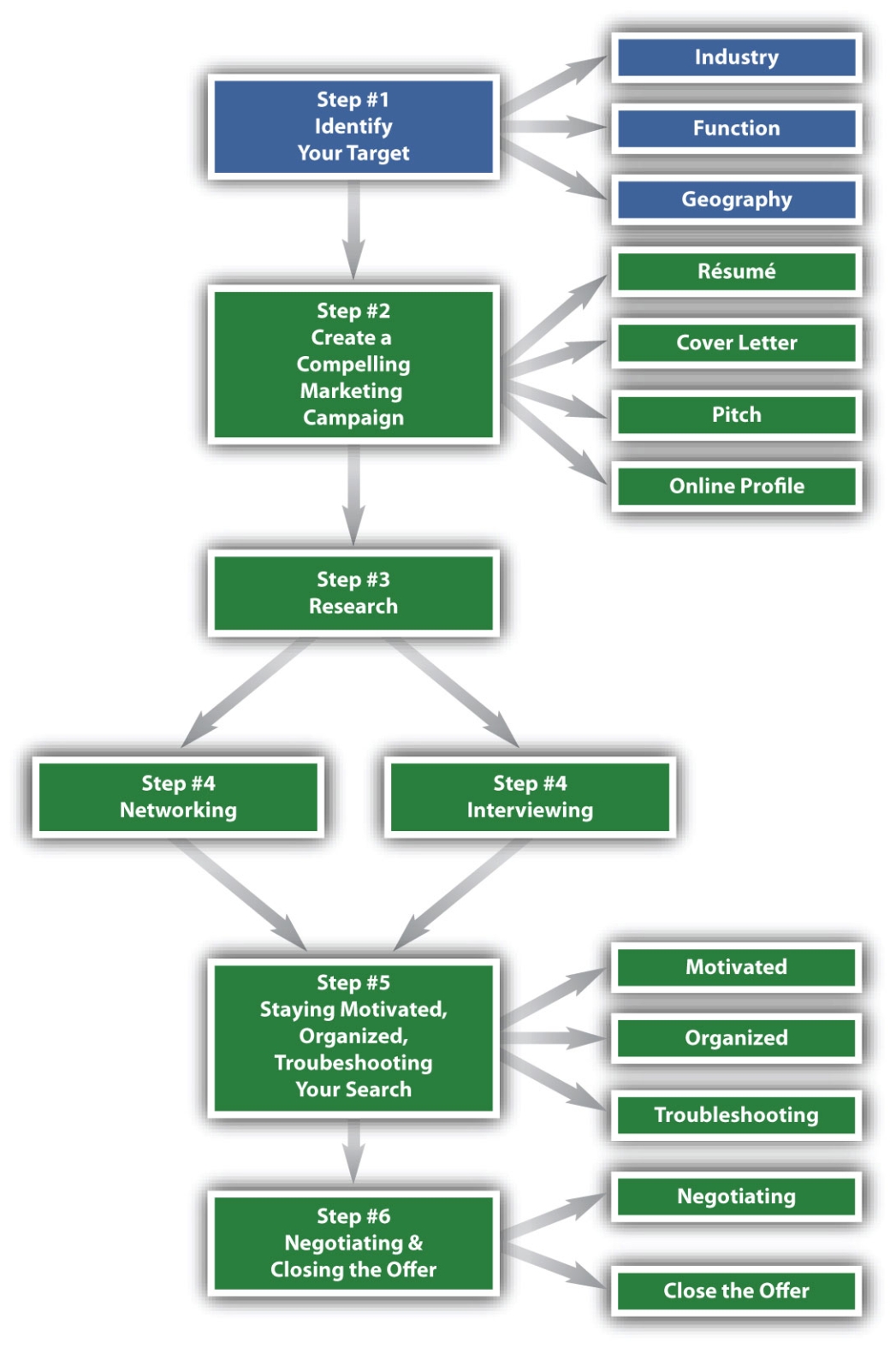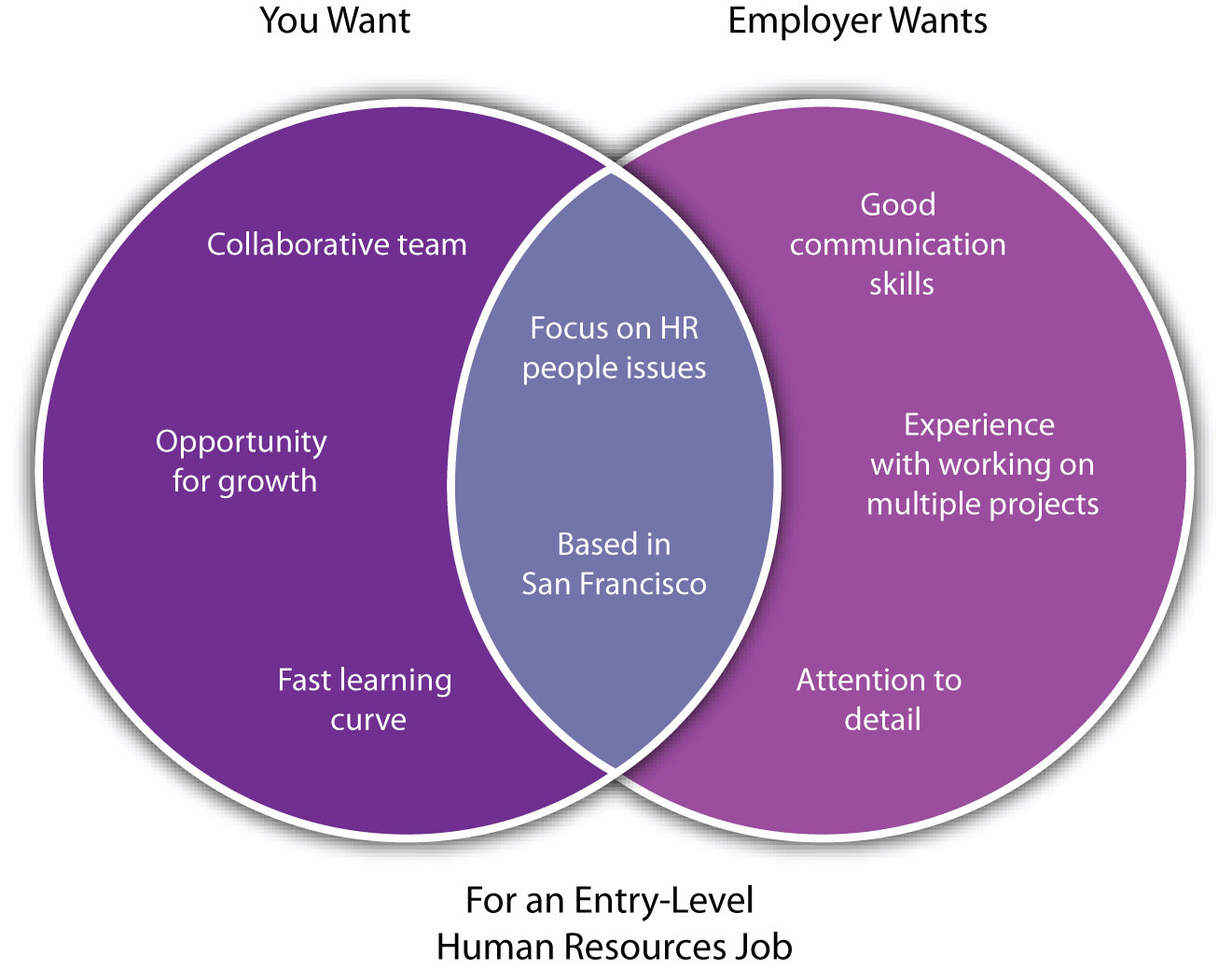Figure 3.1 The Six-Step Job Search Process: Step 1

What Do We Mean by Job Search Targets?
If you think about achieving any goal (and finding a job definitely qualifies as a goal), the first step is to define the goal. What type of job do you want? Getting a job is a match between the employer who has the job opening and the employee who will be doing the job. Because two parties are involved in achieving this goal, there are two considerations in determining your job search targets:
This chapter talks about these two considerations and how you can find the overlap.

Because the employer will be defining the job and finding the right candidates for the job, it is important that you are able to understand the employer’s perspective on the job search:
When you know how the employer describes the job, you know how to search for it. When you know where the employer will look, you can position yourself to be there. When you know what the employer wants in the person who is hired, you can market yourself to reflect these characteristics.
At the same time, you probably don’t want just any job. You want a job for specific reasons. These reasons might be the following:
When you know what you want in your next job, you can search for these specific criteria. If your priority is to start on a specific career path, then you look for growth, advancement, learning, and mentorship in your next job. If you have specific financial obligations that you need to meet (e.g., student loans to repay, family to support, a relocation), then compensation is a main criteria. If you have a mission or legacy you wish to impart (e.g., to help a specific underserved community), then you will be looking at the mission of your next employer to see if it aligns with yours. If you value your relationships and day-to-day interactions with people, then you will be looking closely at who your boss and colleagues will be in your next job. These are just some examples, and people often have multiple considerations. You will want to look closely at your interests and values to determine overall what you want and how you might prioritize jobs that meet some but not all criteria.
Figure 3.2 A Visual Representation of the Intersection of Employer and Job Seeker Wants

This chapter covers both the employer’s and your considerations for possible jobs. We will be looking at the following considerations:
We will also be looking at the importance of having multiple job targets. Sometimes people romanticize the ideal job, making it sound like there is only one perfect job target. Perhaps you are waiting for a lightning bolt of inspiration to tell you what avenue to pursue. The idea of only one perfect job target is problematic for several reasons:
As a job seeker, there is a lot to do, and identifying your job targets is just the beginning. This chapter provides a structure and steps to move forward so that you don’t fall into the inertia of too many possibilities, the scarcity of too few possibilities, or the inflexibility of just one right answer.